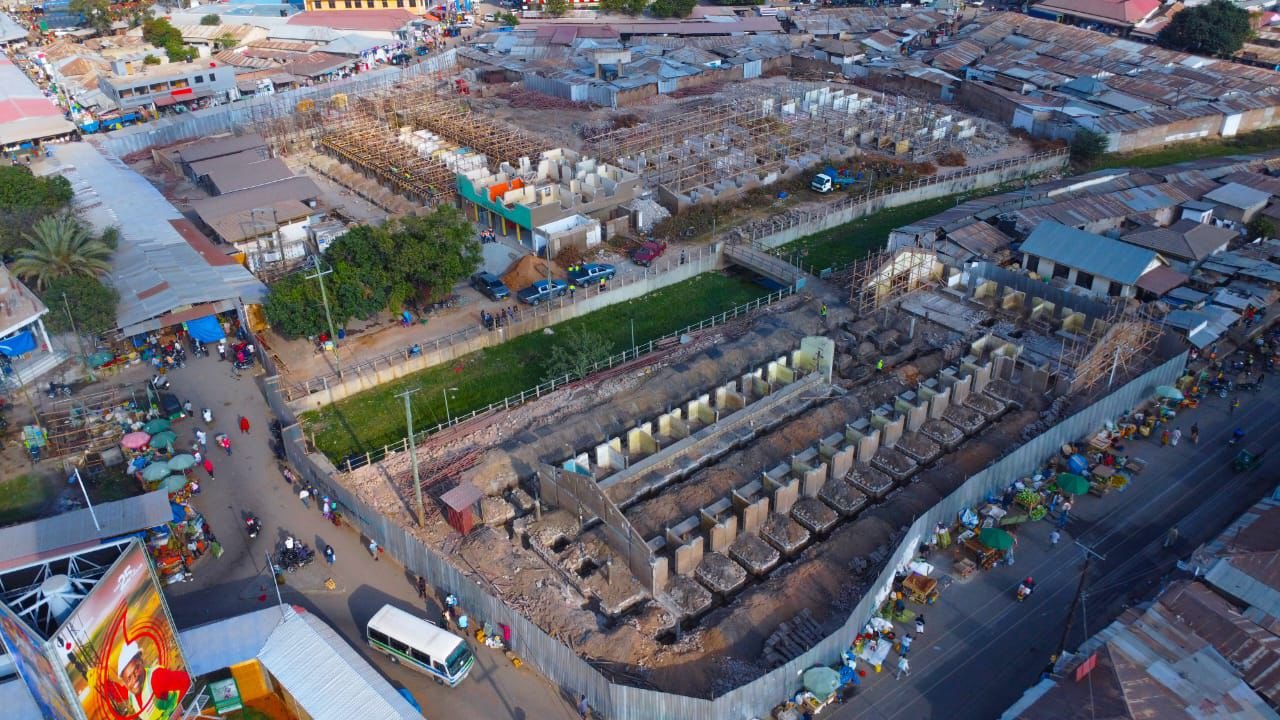Tanzania’s Urban Infrastructure Drive: TACTIC and the Economics of City Transformation

From a macroeconomic perspective, while TACTIC’s immediate fiscal footprint is modest relative to Tanzania’s $86 billion GDP, its significance lies in unlocking urban productivity.
Tanzania’s cities are undergoing a quiet but significant transformation under the Tanzania Cities Transforming Infrastructure and Competitiveness (TACTIC) project, a $278 million programme aimed at improving urban infrastructure, municipal governance, and service delivery. The initiative targets twelve municipalities across the country, including Dodoma, Arusha, Geita, Ilemela, Kahama, Kigoma, Mbeya, Morogoro, Songea, Sumbawanga, and Tabora. Its interventions range from road construction to modern markets, drainage systems, and bus terminals.
Urban congestion, inefficient transport networks, and underdeveloped markets have long constrained economic activity in Tanzanian cities. By addressing these structural bottlenecks, TACTIC is attempting not only to improve the day-to-day lives of residents but also to enhance the economic competitiveness of these municipalities. In Dodoma, for example, over 10 kilometres of new roads are under construction alongside a modern city market designed to accommodate nearly 900 vendors. Similar interventions in other municipalities focus on critical infrastructure such as drainage systems and transport hubs, aimed at facilitating trade and reducing logistics costs.
The economic rationale is clear. Improved infrastructure reduces transaction costs for businesses, expands market access, and increases the velocity of commerce. Modern city markets consolidate informal and formal trading activity, reducing inefficiencies associated with outdated facilities. New roads and bus terminals enable smoother movement of goods and people, lowering costs for businesses and households alike. For investors, these improvements signal a commitment to creating a reliable, well-managed urban environment conducive to enterprise.
Employment effects are also non-trivial. Construction and operational phases of the project generate direct and indirect jobs, from skilled engineering roles to service sector opportunities for local vendors and transport operators. As local incomes rise, the multiplier effect supports consumption and small business growth, creating a virtuous cycle of urban economic activity. Property markets are likely to benefit as well: enhanced accessibility and modern facilities increase land values, encouraging further private sector investment in real estate and commercial development.
TACTIC’s institutional dimension—strengthening municipal governance and urban management, is equally important. Effective local governance underpins sustainable economic growth by improving planning, service delivery, and public financial management. By embedding these capabilities, the project aims to ensure that infrastructure investments translate into long-term economic dividends rather than short-term gains.
From a macroeconomic perspective, while TACTIC’s immediate fiscal footprint is modest relative to Tanzania’s $86 billion GDP, its significance lies in unlocking urban productivity. Cities serve as hubs of innovation, finance, and trade; reducing infrastructural bottlenecks enhances the efficiency of these hubs, indirectly supporting national economic growth. By facilitating smoother movement of goods, lowering operational costs for businesses, and attracting both domestic and foreign investment, TACTIC strengthens the urban economic base, which is increasingly critical as Tanzania urbanizes at a rapid pace.
The broader message for policymakers and investors is that TACTIC represents a model for targeted urban interventions that balance infrastructure, governance, and service delivery. The project illustrates how strategic public investment can catalyse private sector activity, enhance fiscal revenues through higher property and commercial taxes, and improve the quality of life for urban populations. In aggregate, these effects contribute to a more resilient, productive, and competitive urban economy, positioning Tanzanian cities as emerging nodes of regional economic significance.
